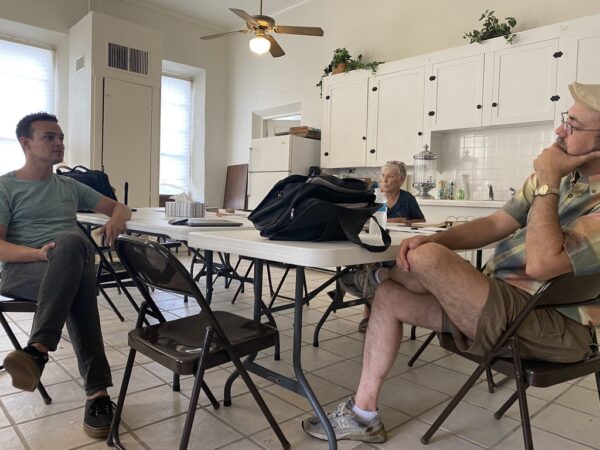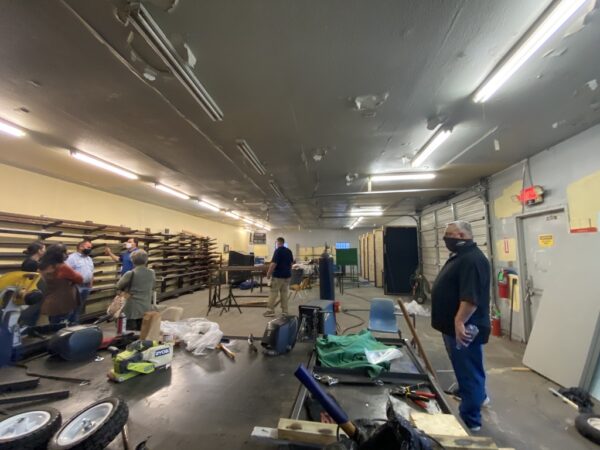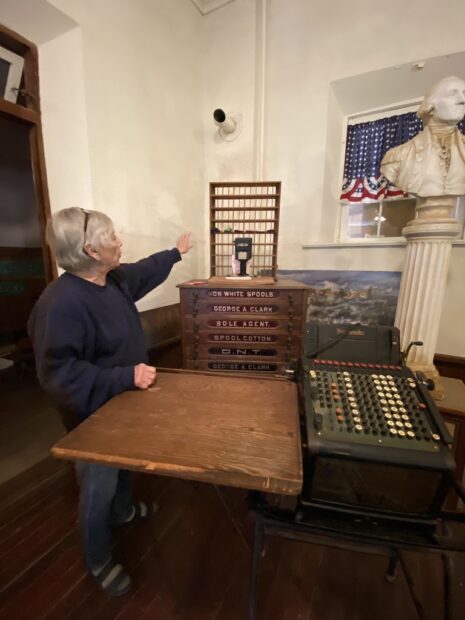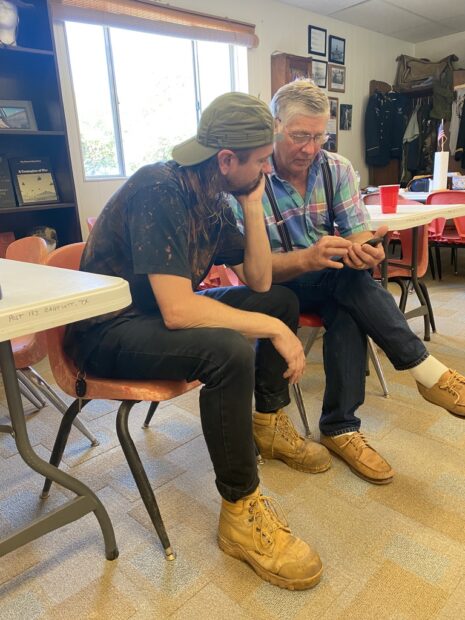For earlier installments in this series, please start here. The most recent installment (before this one) is here.
In our field we like to use the word “community,” and we like to use it a lot. We talk about servicing community, about reaching community, about sharing community, and creating resources for community. We drop these words in our grant proposals, on our websites, and in our mission statements. We have been taught that “community engagement” means a broad range of programs everyone and anyone can relate to. And we’ve done a disservice to our own audiences, and ourselves as practitioners, through this thinking.
There is no singular, binary, blanket “community.” It simply does not exist. Think of your own world, and the many micro-communities through which you float in and out of. Think of the art world you see (or used to) at openings and parties in the city you live in. Expand that bubble and think of the communities of artists you meet while in residence or visiting somewhere new. Think of the family that you see on a regular basis, the ones who have no idea what your actual job is and/or ask what you do for a living, and think of those outside that radius — the extended family you see once a year during major holidays. We all live with and interact with multiple communities every day, and these communities influence us, shape us, determine us. They are not homogenous. They are unique, and interconnected through our unique interactions with every single one of them.
Our lives are made up and shaped by many different communities, and places are constructed in the same ways. Cities and towns are made through the many micro communities of people and personalities that call them home. Bartlett is no different. It’s a town of fewer than 2,000 residents from many communities that carry the memory of their place, and most days add their own flavor to it as well.
There is no homogenous Bartlett community. It’s a town many communities call home, and each one of these communities has different stories about their home, seeks different things from its infrastructure, and wants to see success for their town and fellow residents. The communities interact with one another — or don’t — and each has its own story and lives its own life, either peripherally from the other communities, or not. Each story is different. Place is made of people, and inevitably people make communities.
Working in a place requires the commitment to listening, to putting aside biases and the impulse to act on our preconceived notions of what is best for others. Working in a place means committing to multiple communities, to hearing suggestions, to recognizing the resources that can be shared without overtaxing any one person or group, and to having realistic expectations of outcomes. This is how trust is built in any community, especially one that has experienced disenfranchisement and marginalization, and has suffered the kind of boom-and-bust history Bartlett has.
Engagement requires commitment. Story seeking requires trust from the storyteller, and mutual trust is earned by sharing circumstances, rather than viewing from a distance. When it comes to community engagement and civic “revitalization” through the arts, sharing space and taking the time to really listen is the least that we can do.
Through the process of organizing the Bartlett Project exhibition, I’ve been so impressed with the many ways that the participating artists have interacted with the various communities of Bartlett. I’ve also been equally impressed by how open those communities have been in receiving us. I firmly believe in being a good visitor, but I also believe in the role of a good host, and Bartlett has been a host unlike any other. I have watched as Jade collected fabric gifted by Mrs. Kathy of the Bartlett Activity Center; I witnessed the collection of bricks that made her installation come alive. I watched in admiration as Emmy connected with Ms. Rachel at the school, and really invested her time in the community of educators and students in Bartlett. And I listened to the stories that Mark collected from the elderly community in the WIll O’Bell nursing home, who shared their stories of growing up in Bartlett and the surrounding areas, and about the many changes residents had seen over the decades.
I have watched all of us connect with multiple communities in Bartlett, and I have witnessed our exhibition growing and evolving as these many communities shaped us. That’s what Bartlett does. It changes you, it opens you, it allows for the space to recognize many at once, and many all the time.
****
To learn more about Bartlett, please follow @downtownbartlett. For more on ICOSA Collective follow @icosa_art. Next installment: Two weeks.







